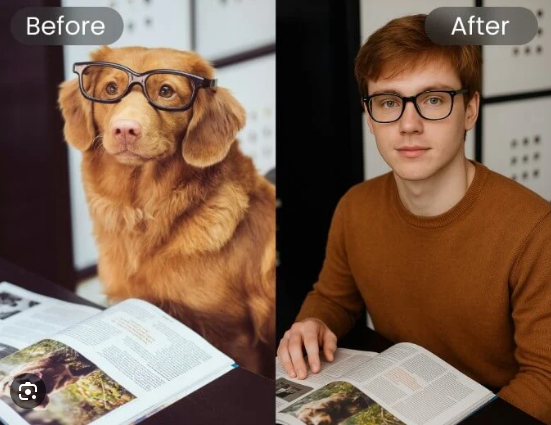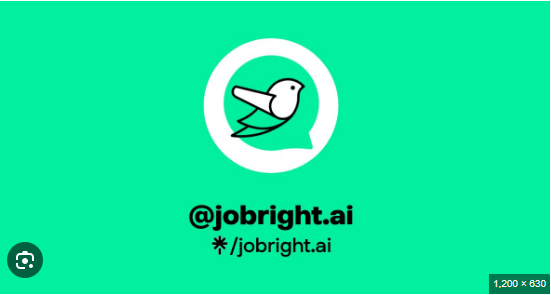Artificial Intelligence (AI) image generation has rapidly progressed from rudimentary sketches to photorealistic images and stylistic masterpieces. With tools like DALL·E, Midjourney, and Stable Diffusion leading the way, creators have been empowered to generate visuals from simple text prompts. But with this creative power comes a heated discussion: What happens when AI doesn’t have filters on image generation?
At the heart of this issue lies a tension between freedom of expression, ethical boundaries, and technological responsibility. When an AI image generator is said to have “no filters,” it suggests the ability to produce any kind of image without restriction — whether benign, controversial, offensive, or even illegal. This article explores the implications of unfiltered AI image generation, why filters exist, the technical limitations, and the ethical crossroads society faces.
Understanding Filters in AI Image Generation
Filters in AI image generation refer to technical and ethical safeguards built into the system to prevent harmful, offensive, or illegal content from being generated what ai does not have any filters on image generation These filters are usually Prompt-based Blocking or modifying certain words, phrases, or instructions deemed inappropriate.Output-based: Using classifiers to detect if a generated image violates community standards.
- Content-moderation feedback loops: AI continuously learns from flagged content to improve future filtering.
Most mainstream AI tools like DALL·E or Midjourney have built-in moderation to avoid generating NSFW (not safe for work) images, graphic violence, hate symbols, child exploitation, deepfake nudity, or any content violating community guidelines or laws.
So what would it look like if these filters didn’t exist?
Unfiltered AI: The Risks and Reality
Let’s imagine a hypothetical image generation model with no restrictions whatsoever. The user could type:
- “A violent crime scene with realistic detail”
- “A nude celebrity portrait”
- “A weapon schematic for a 3D-printed gun”
And the AI would generate it — no questions asked.
This brings up a wide range of risks:
1. Deepfakes and Misinformation
Without filters, AI image generation becomes a powerful tool for creating fake news or discrediting individuals. A convincing image of a politician committing a crime could go viral within minutes, damaging reputations and influencing public opinion — even if later proven false.
2. Harmful and Illegal Content
Unfiltered generation opens the door to producing images that are outright illegal — such as child sexual abuse material (CSAM), revenge porn, or graphic depictions of violence. This not only breaks laws in most countries but also causes immense real-world harm.
3. Privacy Violations
AI could be used to generate synthetic images of real people in compromising or humiliating scenarios. Even if the images are fake, they can have very real consequences: emotional distress, job loss, or reputational damage.
4. Copyright Infringement
AI trained on copyrighted images could reproduce recognizable characters, logos, or brand elements. Without filters, there’s no barrier stopping someone from generating Disney characters in obscene or brand-damaging situations.
Why Filters Exist — And Why They’re Necessary
Many people assume AI image generators are censored simply for political correctness, but filters are far more about protecting people and complying with laws.
Legal Liability
Companies like OpenAI or Stability AI are legally accountable for the outputs of their models. Without proper filters, they could face lawsuits, regulatory fines, or criminal charges depending on the jurisdiction.
Ethical Responsibility
AI is not neutral. It reflects the data it is trained on, the choices of its developers, and the intent of its users. Filters serve as a moral compass, ensuring that the immense power of generative AI isn’t used for unethical or abusive purposes.
Public Trust
Mainstream adoption of AI depends on user trust. If AI tools routinely produce dangerous or offensive content, public perception will quickly turn hostile — and regulation will follow.
The Myth of “Truly Unfiltered” AI
While some fringe or open-source models claim to be unfiltered, the idea of a completely unfiltered AI is largely a myth or, at best, an irresponsible fantasy. Even decentralized projects like Stable Diffusion have community guidelines and technical tools to prevent abuse.
But yes, it’s technically possible to download an open-source model, modify it to bypass filters, and generate anything. This is precisely why there is growing concern in AI governance circles.
Who’s Using Unfiltered AI — And Why?
Some users seek unfiltered AI for artistic or experimental reasons, frustrated that filters sometimes block harmless or creative content. For example:
- A horror artist might want graphic imagery for storytelling.
- A documentarian might depict wartime atrocities.
- An educator might need anatomical visuals.
But in many cases, calls for “no filters” are code for pushing boundaries, whether for shock value, political satire, or malicious intent. Without context or oversight, it’s easy for such tools to be misused.
The Technical Challenges of Filtering
Ironically, even the best filters aren’t perfect. Here’s why:
1. Language Ambiguity
A phrase like “hot dog” can mean food or something inappropriate, depending on context. AI must interpret language nuances — a difficult task for even the best models.
2. Bypassing with Misspelling
Users often bypass filters by writing “n@ked” or “v!olence.” AI needs robust semantic understanding to catch these tricks.
3. Cultural Sensitivity
What is offensive in one country may be acceptable in another. Filters must adapt to regional norms and legal standards.
4. Training Data Bias
If the training data contains biases or problematic imagery, AI may still generate filtered content, even with safeguards in place.
Should AI Be Completely Unfiltered?
This question sparks ongoing debate.
Arguments For Unfiltered AI:
- Freedom of expression: Creators should have the right to produce anything they imagine.
- Open innovation: Overly strict filters stifle experimentation and exploration.
- Technological transparency: Knowing the limits of what AI can do is only possible through unrestricted testing.
Arguments Against Unfiltered AI:
The Future of Filters: Smarter, Not Stricter
As AI continues to evolve, so too must its filters. Future systems may use context-aware moderation, giving artists more freedom while still blocking abuse. For example:
- Allowing educational nudity but blocking explicit porn.
- Enabling horror scenes but preventing glorified torture.
- Flagging controversial content for review instead of blanket banning.
Open-source models might adopt opt-in filter layers, letting communities decide their boundaries. Ultimately, it’s about balance — protecting users without smothering creativity.
Conclusion
The idea that AI image generators should have no filters is as dangerous as it is intriguing. While unfiltered models may serve niche use cases or artistic expression, they also pose serious ethical, legal, and social risks what ai does not have any filters on image generation Filters aren’t just censorship — they’re safeguards for human dignity, trust, and responsibility.
As AI creators and users, we must acknowledge that just because we can generate something, doesn’t mean we should. The future of image generation depends not on removing filters entirely but on developing smart, nuanced systems that understand intent, context, and consequence.








